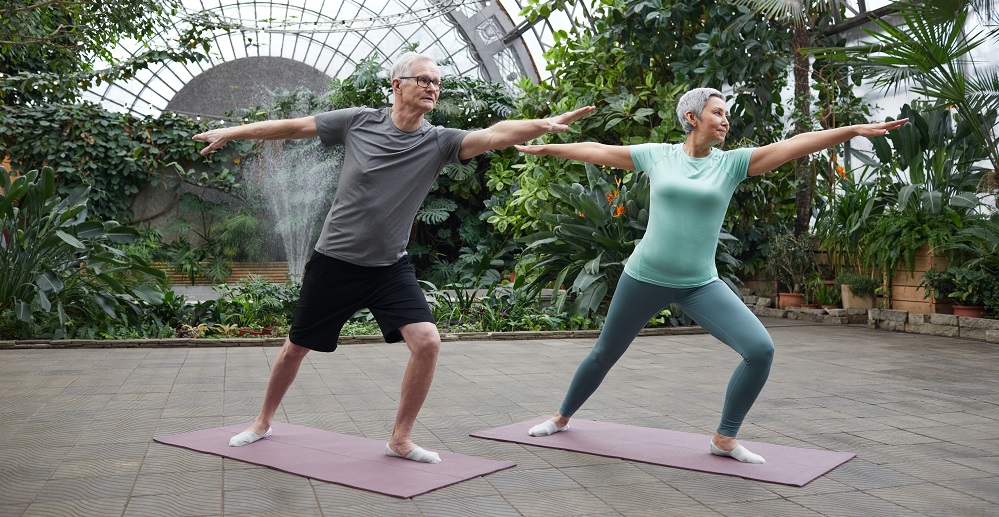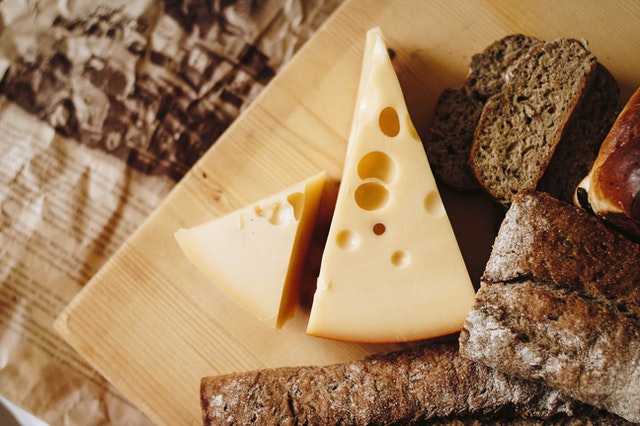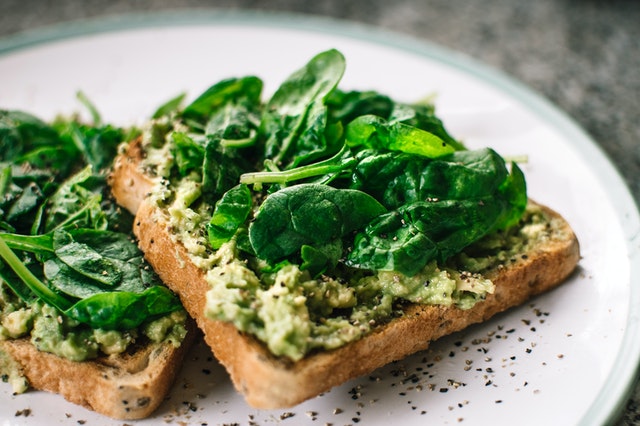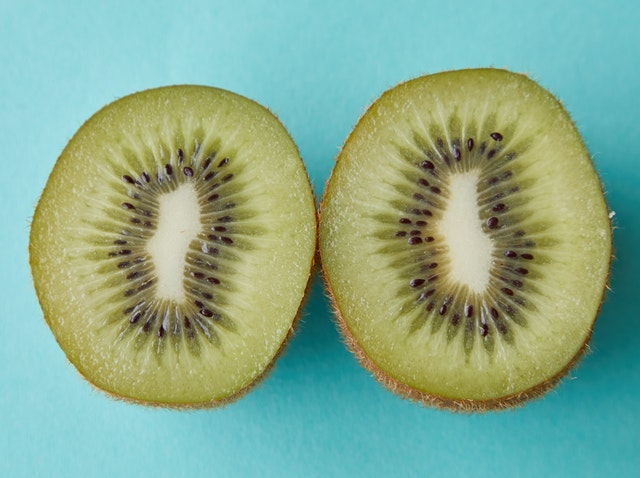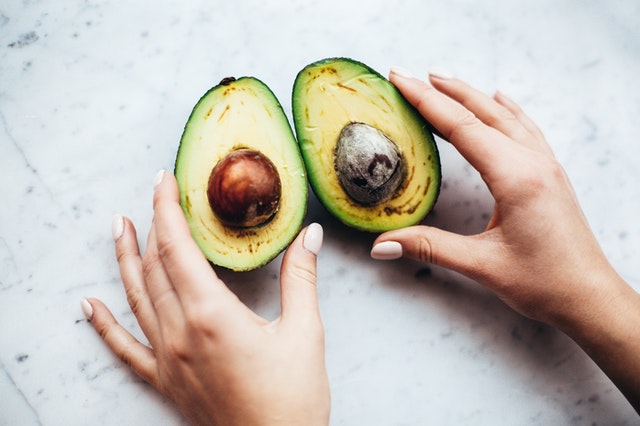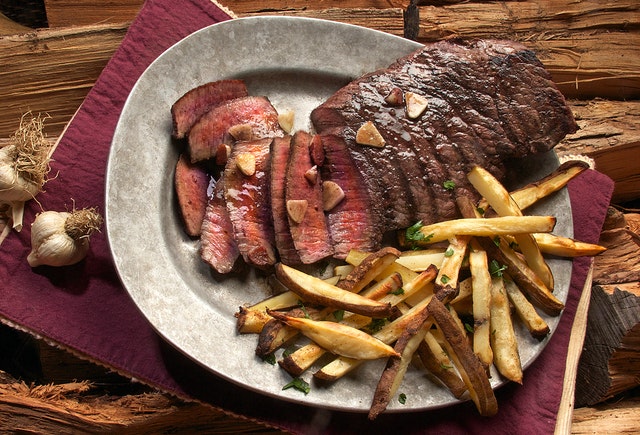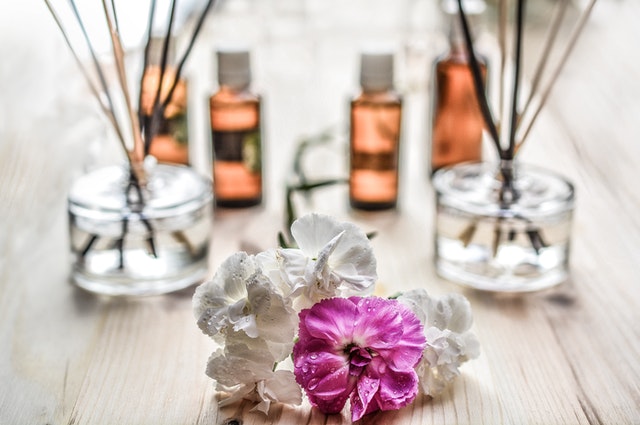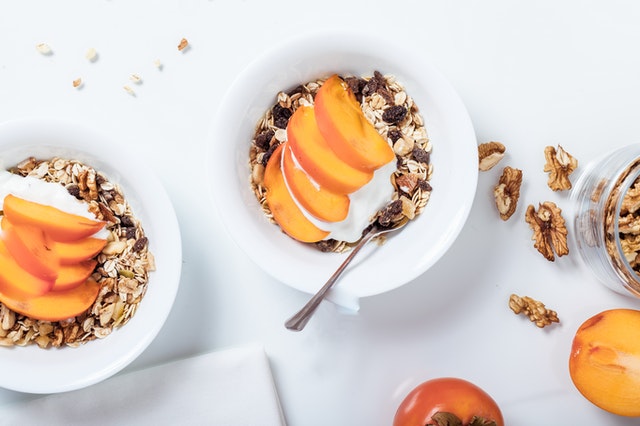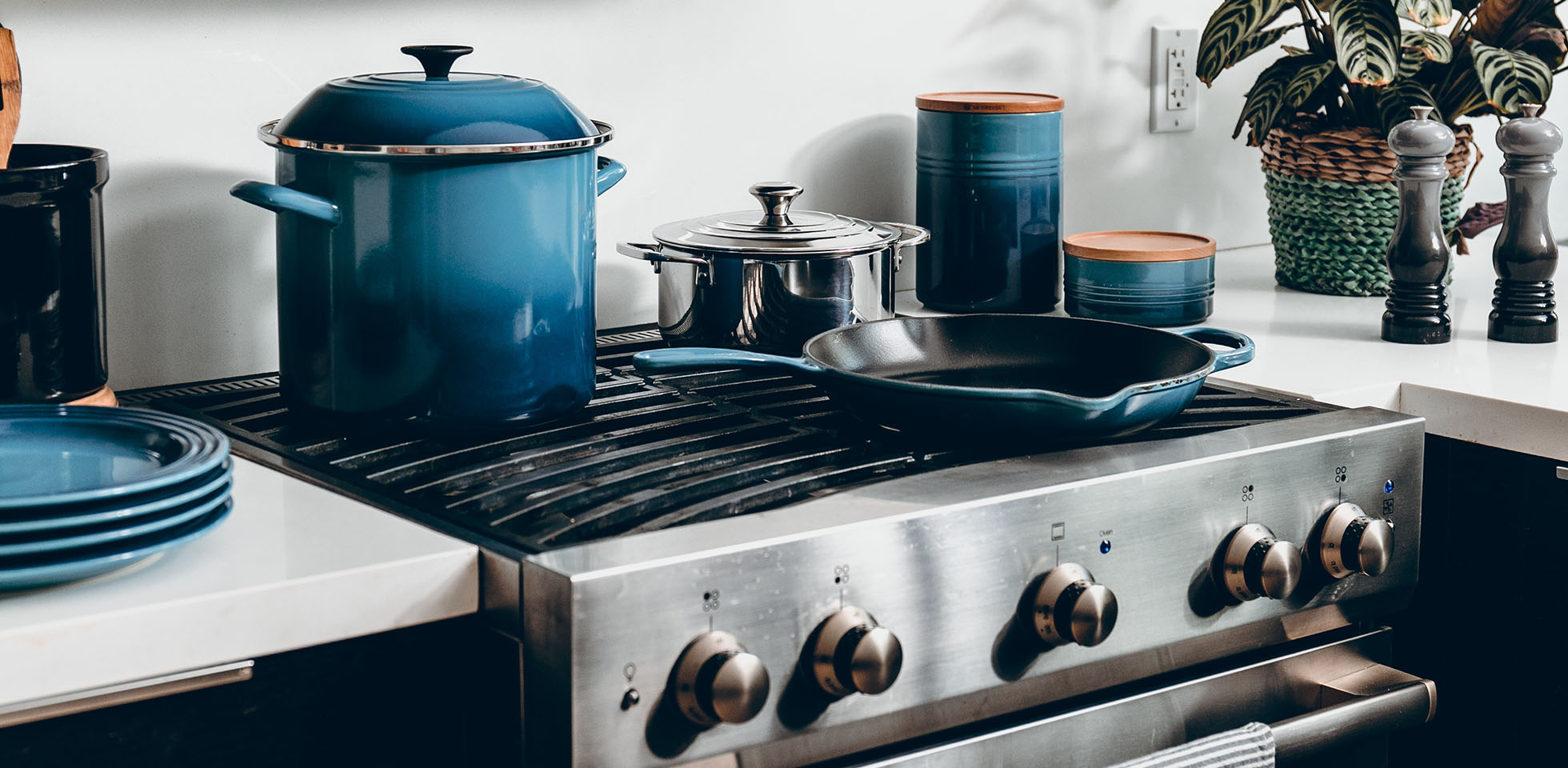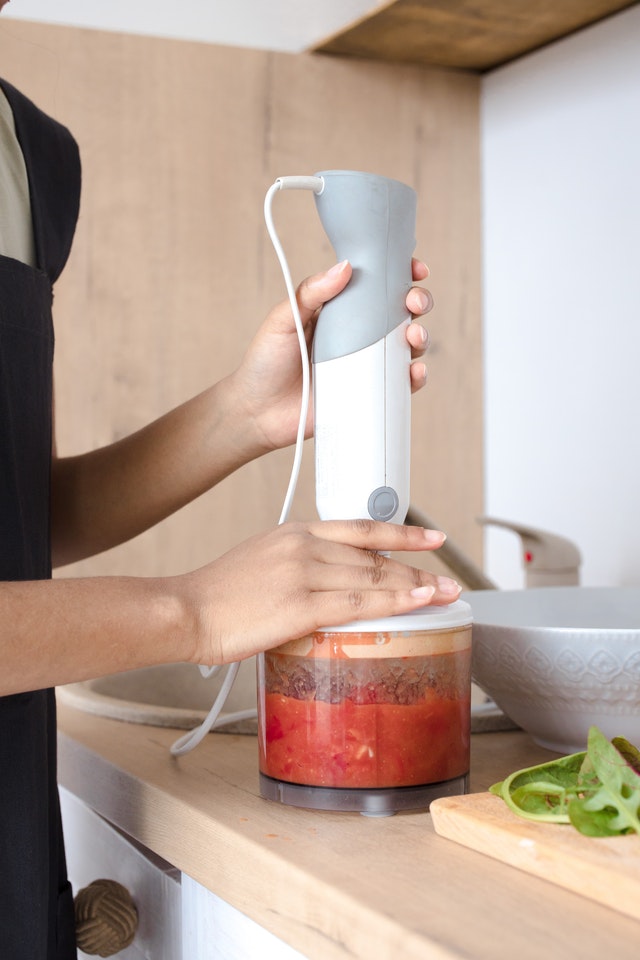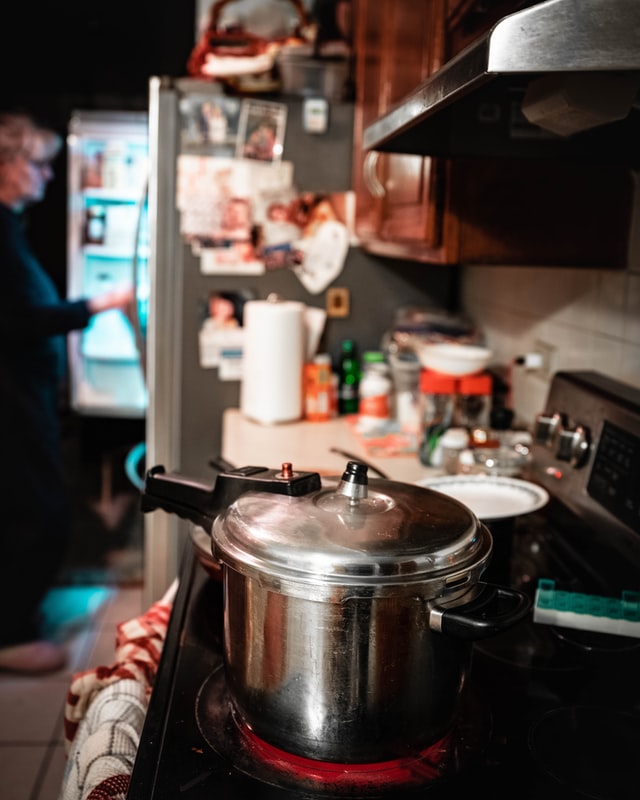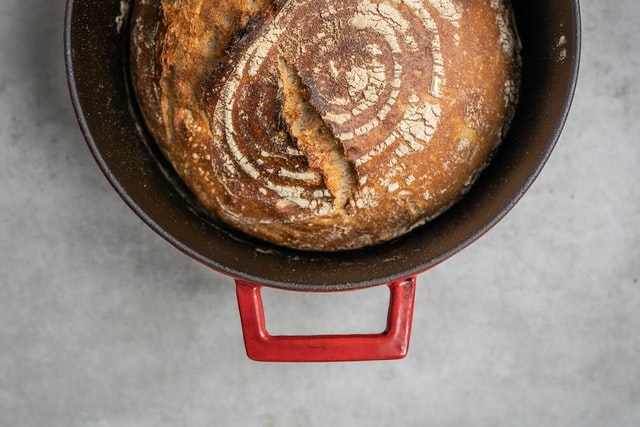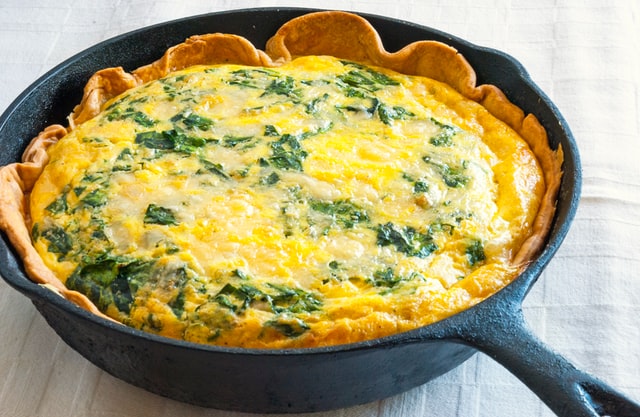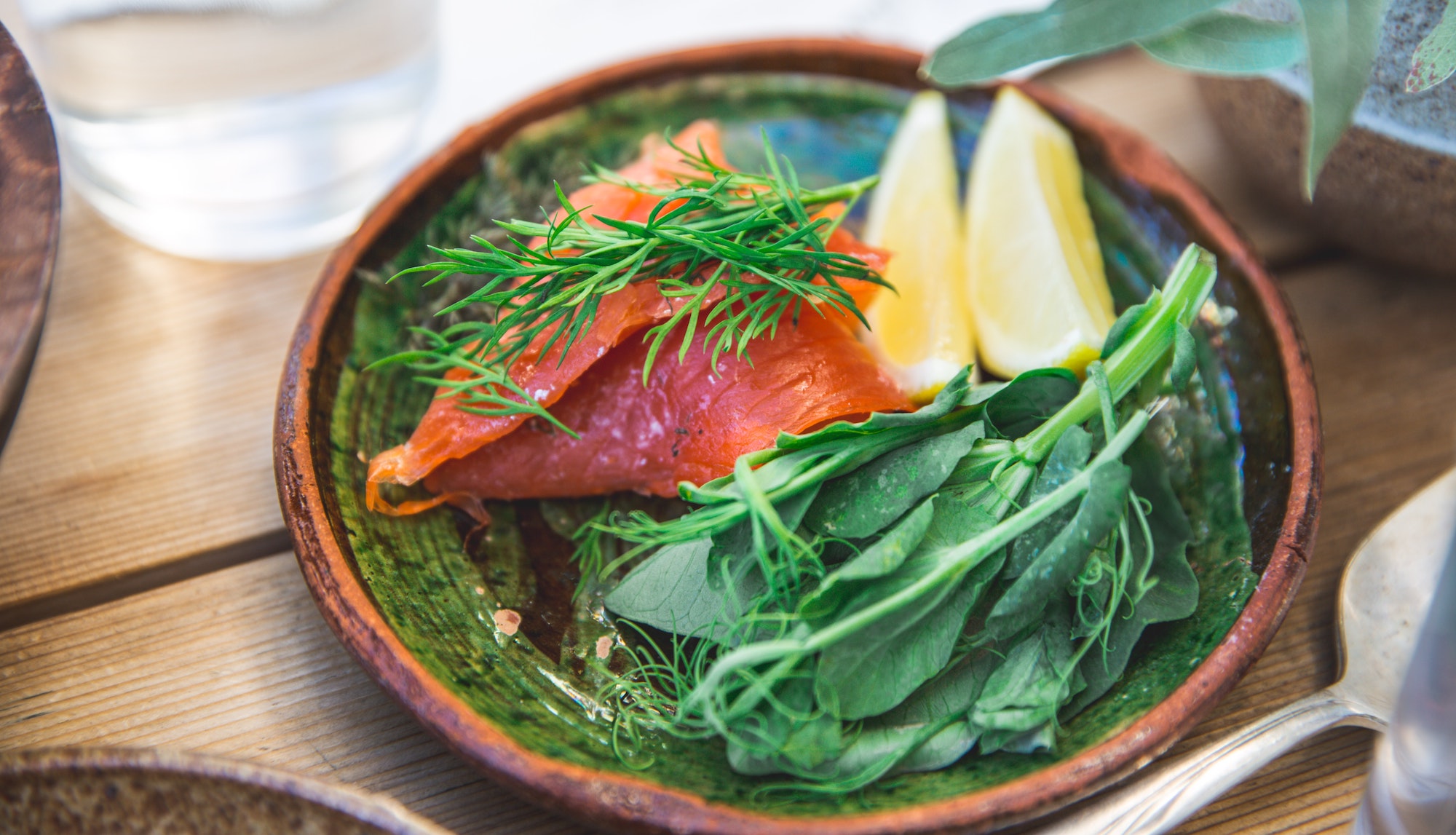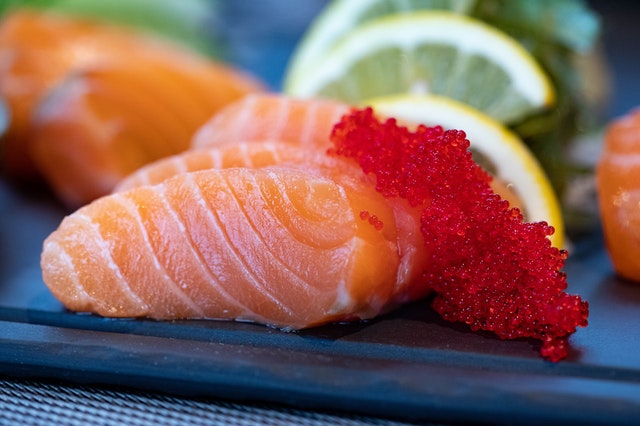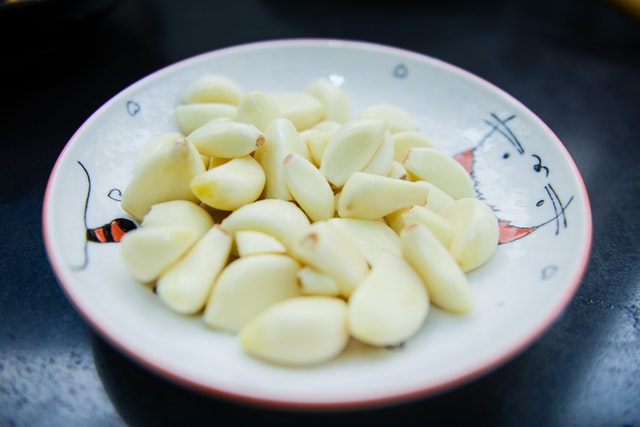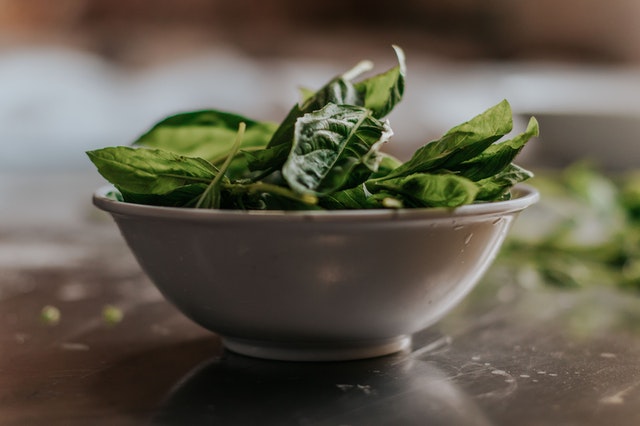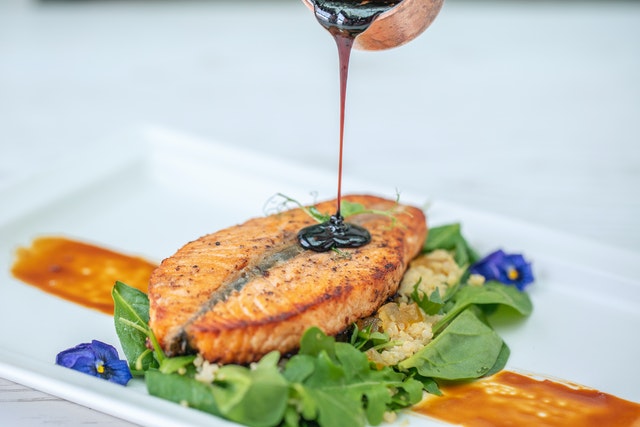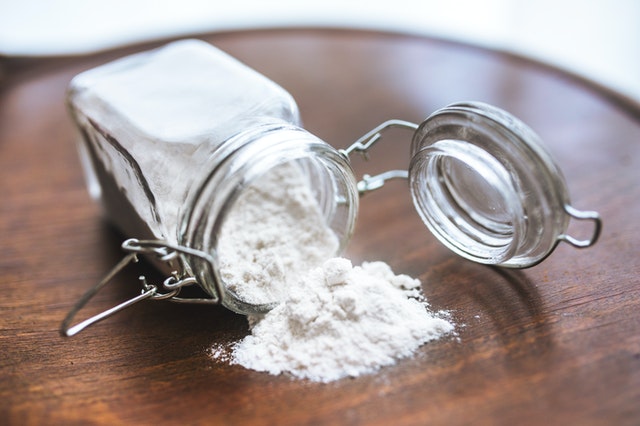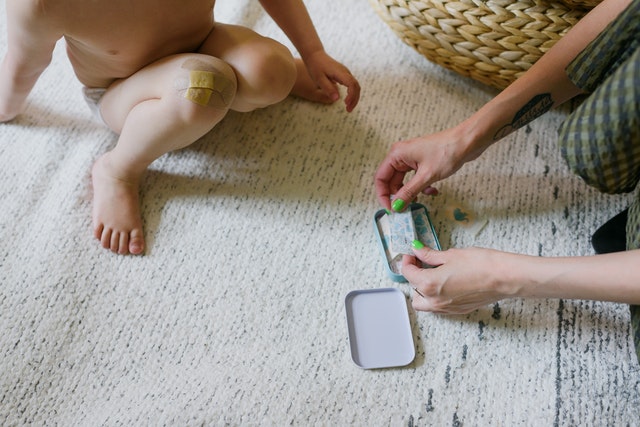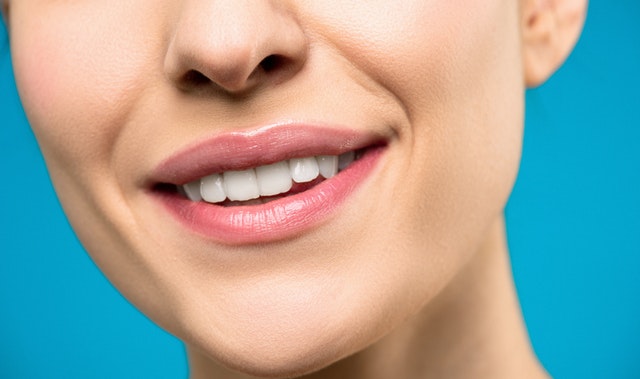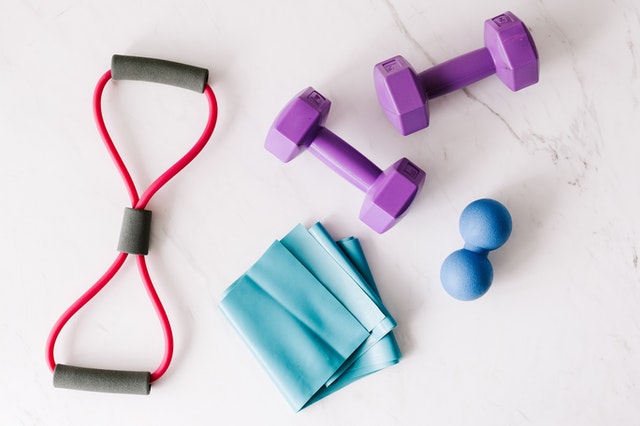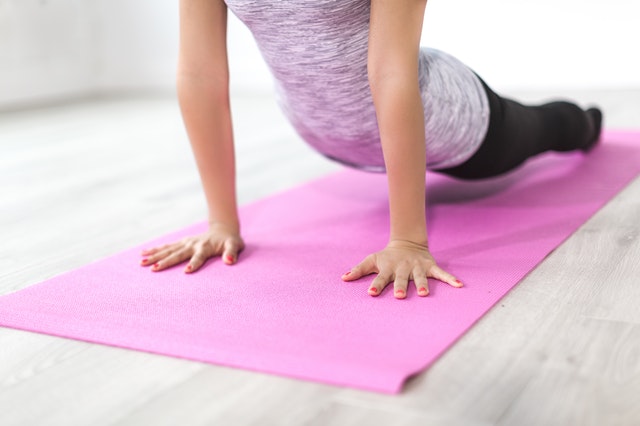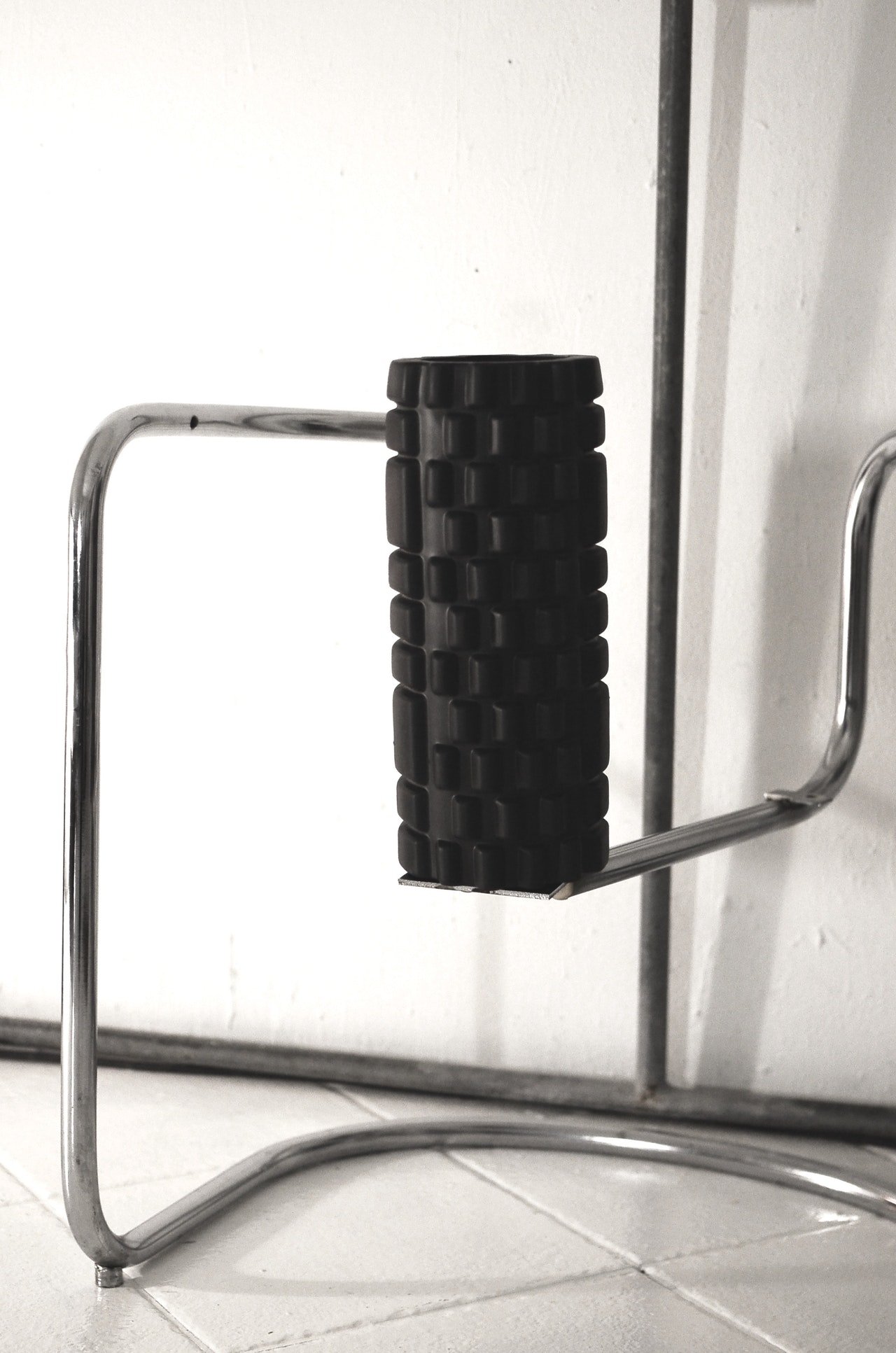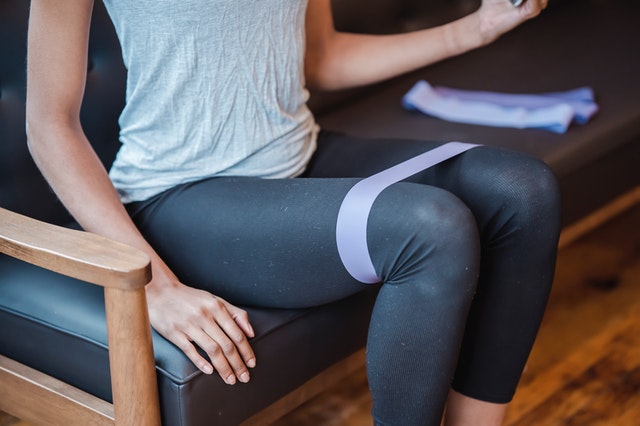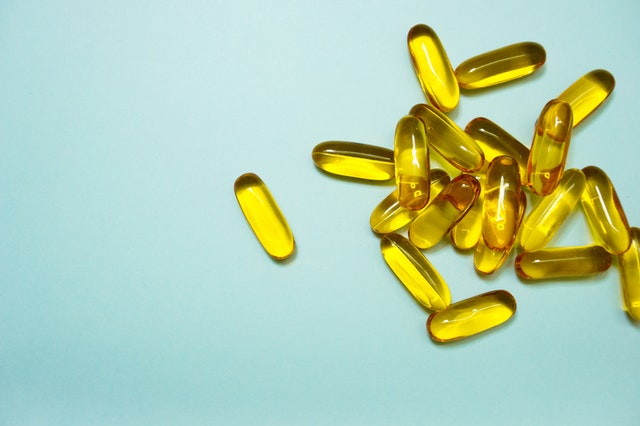The lymphatic system is a legitimate and essential part of the human body. Its primary function is to supply the body with white blood cells to stave off infection and disease and remove toxins from the system. Lymph is the fluid that contains white blood cells and navigates the circulatory system.
Therefore, when speaking generically about lymphatic health, there is no disagreement that it is crucial. However, where the conflict arises is in the definition of lymphatic health and the corruption of the concept by money-hungry entities, like many of the detoxification brands built on shoddy science; even worse, are those companies co-opting legitimate science and twisting the research to meet marketing goals.
Lymphatic Massage and Facial Rollers
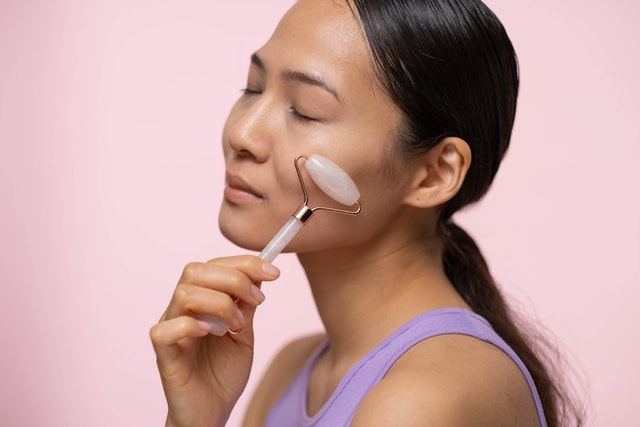
Manual lymphatic drainage massage is a therapy that offers significant benefits to people suffering from lymphoedema. However, it is only beneficial for a specific tissue swelling and only provides temporary relief to patient symptoms, not a cure.
For those unfamiliar, lymphoedema is a chronic and often painful condition that causes swelling, primarily in the arms and legs. It is the result of an ineffective or malfunctioning lymphatic system.
Being as the lymphatic system is a source of transportation of white blood cells and a clearinghouse for toxins, skincare and beauty brands latched onto an effective therapy and disseminated the information as overwhelmingly beneficial to all. It was an understood deceit.
Despite there being little to no evidence of lymphatic massage benefits to the general public, brands brandished tools and techniques under the guise of detoxifying massages. These corporate entities and individual celebrities pushed their pseudo-science as actionable and legitimate. They made clever claims that lymphatic massage could reduce the risk of diseases like cancer — clever because most companies never directly stated such claims, only insinuated them.
Beauty Industry and Lies
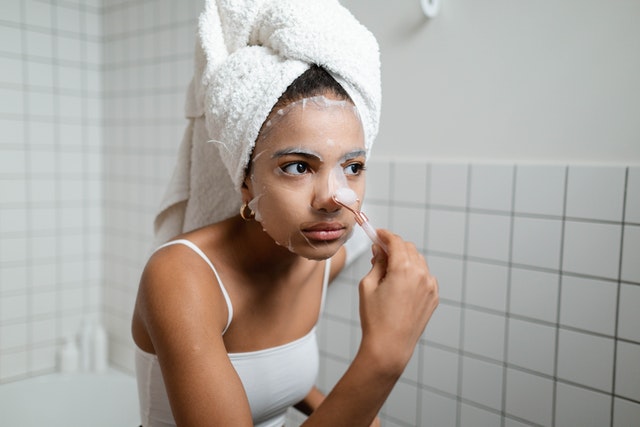
It is not surprising that the beauty industry has taken sound science and bastardized it into a profiteering machine. The practice is quite common; for example, despite little evidence to support detoxification claims, the industry has managed to turn it into a multi-billion dollar enterprise.
Consumers seem hungry for innovation in the health industry. Whether that hunger comes from a recognition of mortality, fear of illness, or a genuine interest in improved health is anyone’s guess. However, it is as clear now as it always has been that dietary trends, like lymphatic massage, are not essential to health for the average person.
Traditional Health and Wellness Advice Remains Constant

For those wishing to be healthier, lose weight, and improve wellness and mobility, the solution is the same as it has been for decades, centuries even: a balanced diet and exercise. The key to a healthy lifestyle is tried and true; momentary fads, temporary trends will not outlive the fact-based rules of nutrition and physiology.
Lymphatic health is a natural result of healthy eating, exercise, and hydration. Unless you are directly affected by a lymphatic disorder or illness, you will likely see little benefit from lymphatic massage or any of the other devices, therapies, or tools trying to piggyback off of the growing interest.
Do you have any thoughts on the beauty industry's habit of distorting science for profit?


